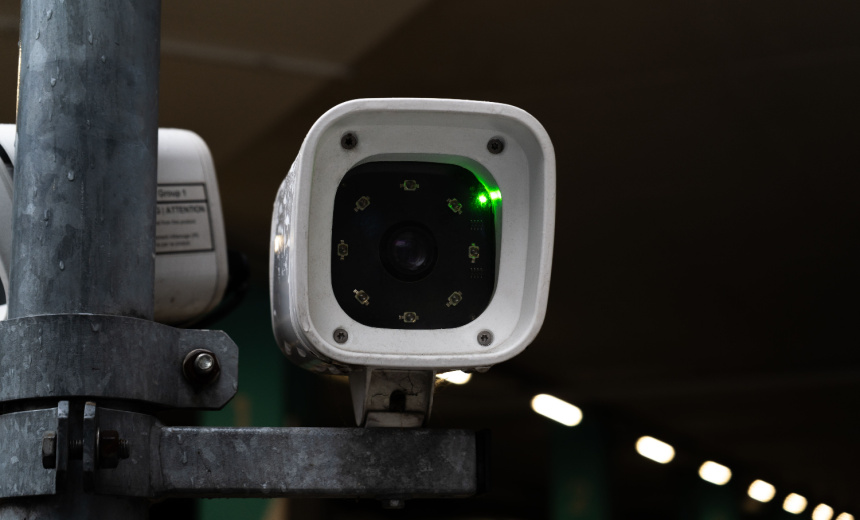Artificial Intelligence & Machine Learning,
Governance & Risk Management,
Government
Privacy Advocates Highlight Risks from DHS’s Increased Use of AI and Facial Recognition Technologies

The U.S. Department of Homeland Security (DHS) is reportedly compromising essential privacy protections while escalating its deployment of warrantless surveillance tools, such as drones and fixed cameras. Experts caution that this growing reliance on surveillance technology poses significant risks to the privacy rights of citizens.
Additionally, the DHS lacks proper policies to evaluate bias across the majority of its surveillance tools, as highlighted by a report released on Tuesday by the Government Accountability Office (GAO). Although the DHS has intentions to investigate bias in its AI-driven assets, it has yet to address potential biases in numerous other systems that include facial recognition and automated license plate readers.
The GAO report indicates that the DHS does not have a comprehensive understanding of the technologies employed across its agencies. Agencies such as Customs and Border Protection, Immigration and Customs Enforcement, and the Secret Service increasingly depend on third-party software for analysis and operate drones, surveillance vehicles, and 24-hour monitoring cameras without stringent warrant requirements. Privacy advocate Paul Bischoff from Comparitech warns that the government’s insufficient privacy safeguards regarding facial recognition and AI-powered systems could create a “chilling effect” on civil liberties.
Bischoff emphasized that there should be stringent standards for the accuracy of facial recognition technology used by law enforcement, noting that errors disproportionately harm minority groups and the elderly. He pointed out the tendency of law enforcement agencies to lower the standards for technology use, underlining that sensitive data retrieved through surveillance should only be accessed by specifically trained personnel and never shared with external parties.
The three DHS law enforcement entities evaluated in the GAO report also leverage data from various third-party surveillance technologies, including automated license plate readers provided by private vendors. Reports indicate that CBP plans to forge new agreements for additional information collection, further expanding its surveillance capabilities with minimal oversight.
Michael Hughes, Chief Business Officer at privacy software firm Duality Technologies, noted that data minimization is a key challenge for law enforcement’s utilization of facial recognition and emerging technologies. Many investigations utilize a technique known as “haystacking,” wherein agencies request excessive amounts of data to obscure their specific focus. Hughes argues that agencies could maintain operational security and expedite investigations by conducting confidential queries without resorting to such expansive data collection methods.
The GAO has urged DHS to establish robust policies for evaluating bias risks associated with these emerging technologies and to enhance privacy protections within its technological framework. The report advocates for enforcing existing privacy policies across all monitoring and observation systems currently in operation.
As of now, DHS has not responded to inquiries regarding this report.
